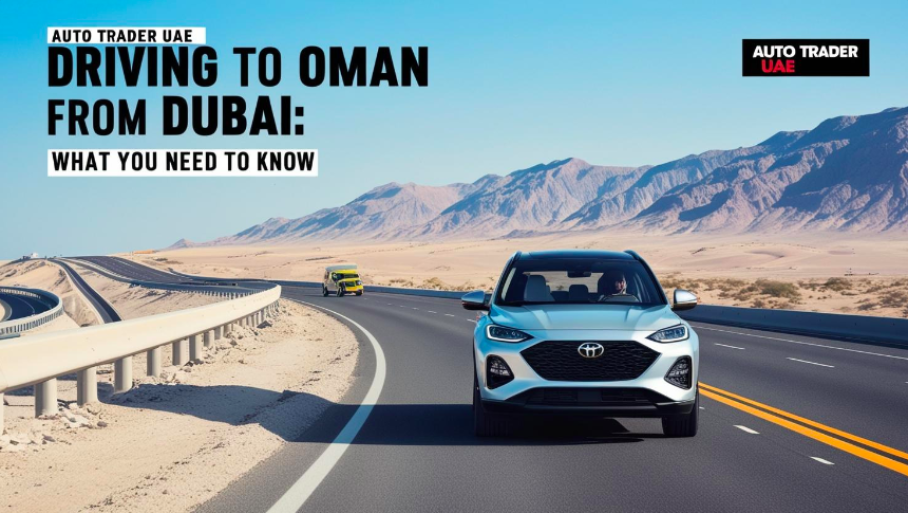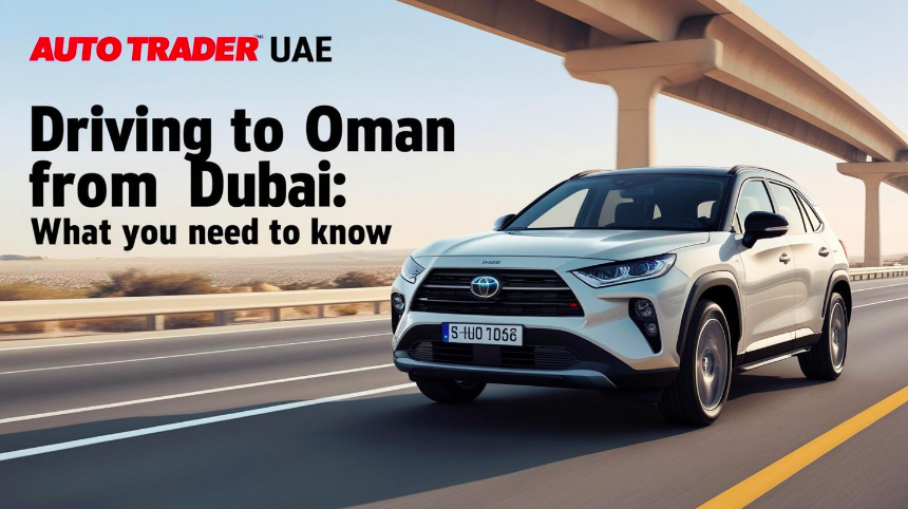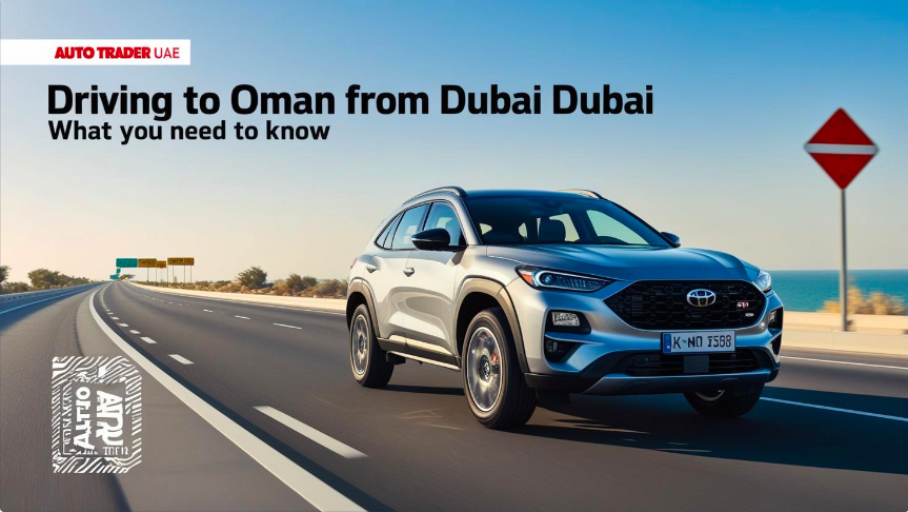Driving to Oman from Dubai: What You Need to Know
Dubai residents and tourists often seek exciting road trips beyond the city, and one of the most popular getaways is a drive to Oman. Whether you're taking a weekend trip to Muscat, exploring the rugged mountains of Jebel Akhdar, or heading to the pristine beaches of Salalah, driving to Oman from Dubai is an adventure worth experiencing. If you're planning to take your own car or a used car purchased in Dubai, here’s everything you need to know for a smooth and hassle-free journey.
Requirements for Driving to Oman
Before hitting the road, ensure you have the following essentials:
- Valid Passport & Visa – UAE residents and tourists need a passport with at least six months’ validity. Most GCC residents can get a visa on arrival, while others may need to apply online through the Royal Oman Police eVisa portal.
- Valid UAE Driving License – UAE driving licenses are accepted in Oman, so you won’t need an international driving permit.
- Car Registration (Mulkiya) – Ensure your car registration is up to date. The vehicle should be under your name, or you must have an authorization letter from the owner if it’s rented or financed.
- Oman Car Insurance – UAE insurance policies often do not cover driving in Oman. You will need to check with your insurer or purchase temporary Oman insurance at the border.
- Salik & Road Fees – There are Salik tolls when exiting Dubai, and Oman also has road fees when entering the country.
Best Border Crossings from Dubai to Oman
There are several border crossings to choose from, depending on your destination:
- Hatta-Al Wajajah Border – The most commonly used route for reaching Muscat.
- Khatmat Malaha Border – Ideal for those heading towards Sohar.
- Al Ain-Buraimi Border – A good option for those traveling from Abu Dhabi or Al Ain.
- Mezyad Border – Convenient for those heading deeper into Oman, such as Nizwa or Salalah.
Rules & Driving Conditions in Oman
Oman has well-maintained highways and scenic mountain roads, making road trips enjoyable. However, it's important to follow local driving rules:
- Speed Limits: Highways generally have a 120 km/h speed limit, while city roads range from 40 to 80 km/h.
- Traffic Cameras: Oman has strict speed monitoring, so avoid exceeding speed limits to prevent hefty fines.
- Fuel Availability: Petrol prices are often cheaper in Oman than in the UAE, and there are plenty of petrol stations along major routes.
- Off-Roading Precautions: If you're planning to explore the mountains or desert, ensure your vehicle is a 4x4 and carry extra supplies.
Best Cars for a Road Trip to Oman
If you're planning to drive long distances or explore Oman’s rugged terrain, consider the following used car models in Dubai that offer comfort, reliability, and off-road capability:
- Toyota Land Cruiser – Perfect for off-roading and long-distance travel.
- Nissan Patrol – A reliable 4x4 with excellent performance.
- Jeep Wrangler – Ideal for desert adventures and mountain trails.
- Mitsubishi Pajero – A budget-friendly SUV with great off-road abilities.
- Lexus LX570 – A luxury SUV that combines comfort and power for long journeys.
Final Thoughts
Driving from Dubai to Oman is an incredible experience, whether you’re heading to Muscat for a relaxing trip or exploring the mountains and beaches. With the right car and proper documentation, your journey can be smooth and enjoyable. If you're looking for a reliable used car in Dubai to embark on this adventure, check out Auto Trader UAE for the best deals: www.autotraders.ae.





